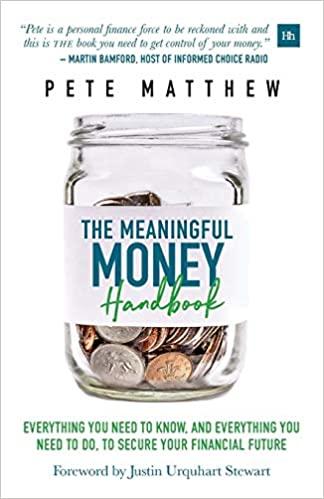
Cas 1 (A portfolio selection problem): An investor has $1 million to invest in any combination of bonds, stocks, term deposits, a savings account, real estate, and gold. The anticipated (or known) interest rates, the risk factors (where a high number indicates a high risk) and the expected increase in the value of the investment are shown in Table 2.3: Table 2.3 Risk factor Type of investment Bonds Stocks Term deposits Savings account Real estate Gold Interest (in %, annually) 5% 2% 4% 3% 0 0 3 10 2 1 5 20 Expected annual increase in value 0% 7% 0% 0% 7% 11% For instance, real estate does not yield any interest (the projects are not rental properties), but its value is expected to increase by 7% per year. On the other hand, stocks yield an average of 2% in interest, and in addition to that, they are expected to increase in value by 7% for a total of 9% p.a. The other numbers are to be interpreted similarly. The objective is to maximize the amount that is expected to be available in a year's time subject to the following restrictions: Of the total amount of money invested, at least 30% must be invested in bonds, not more than 10% in stocks, and at least 10% in term deposits and/or savings accounts. - Up to 50% of the total money invested in real estate may be borrowed against in the form of a mortgage at an interest rate of 6%. The amount borrowed cannot exceed $150,000. The average risk factor of the investment cannot exceed 4.5. The average annual interest should be at least 2.5%. The amount of money invested in gold cannot exceed $100,000 or 8% of the total amount of money available, whichever is smaller. a. Create the Linear Programming model to represent the problem. b. Create a spreadsheet model for this problem, and solve it. What is the optimal solution? Cas 1 (A portfolio selection problem): An investor has $1 million to invest in any combination of bonds, stocks, term deposits, a savings account, real estate, and gold. The anticipated (or known) interest rates, the risk factors (where a high number indicates a high risk) and the expected increase in the value of the investment are shown in Table 2.3: Table 2.3 Risk factor Type of investment Bonds Stocks Term deposits Savings account Real estate Gold Interest (in %, annually) 5% 2% 4% 3% 0 0 3 10 2 1 5 20 Expected annual increase in value 0% 7% 0% 0% 7% 11% For instance, real estate does not yield any interest (the projects are not rental properties), but its value is expected to increase by 7% per year. On the other hand, stocks yield an average of 2% in interest, and in addition to that, they are expected to increase in value by 7% for a total of 9% p.a. The other numbers are to be interpreted similarly. The objective is to maximize the amount that is expected to be available in a year's time subject to the following restrictions: Of the total amount of money invested, at least 30% must be invested in bonds, not more than 10% in stocks, and at least 10% in term deposits and/or savings accounts. - Up to 50% of the total money invested in real estate may be borrowed against in the form of a mortgage at an interest rate of 6%. The amount borrowed cannot exceed $150,000. The average risk factor of the investment cannot exceed 4.5. The average annual interest should be at least 2.5%. The amount of money invested in gold cannot exceed $100,000 or 8% of the total amount of money available, whichever is smaller. a. Create the Linear Programming model to represent the problem. b. Create a spreadsheet model for this problem, and solve it. What is the optimal solution







